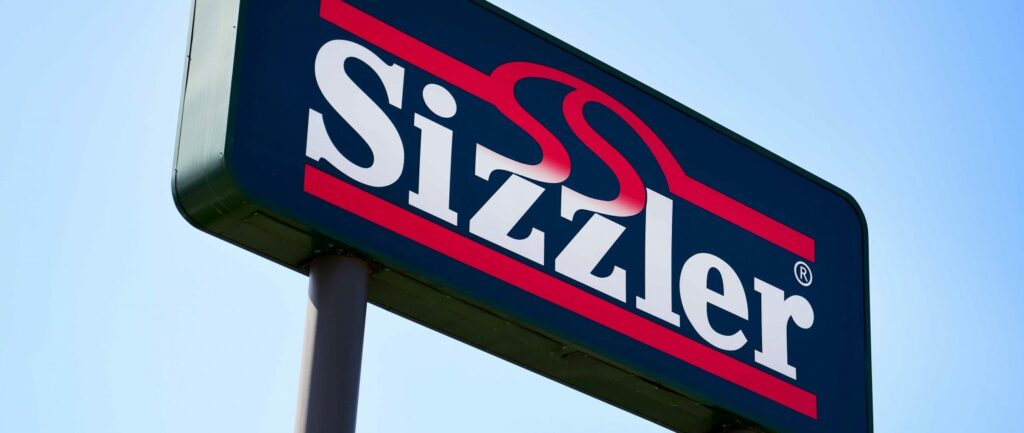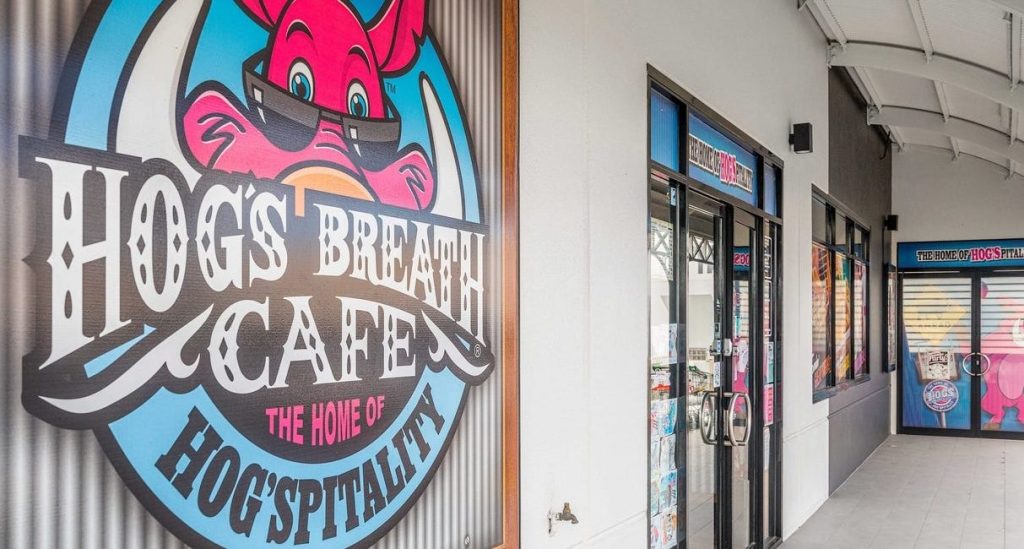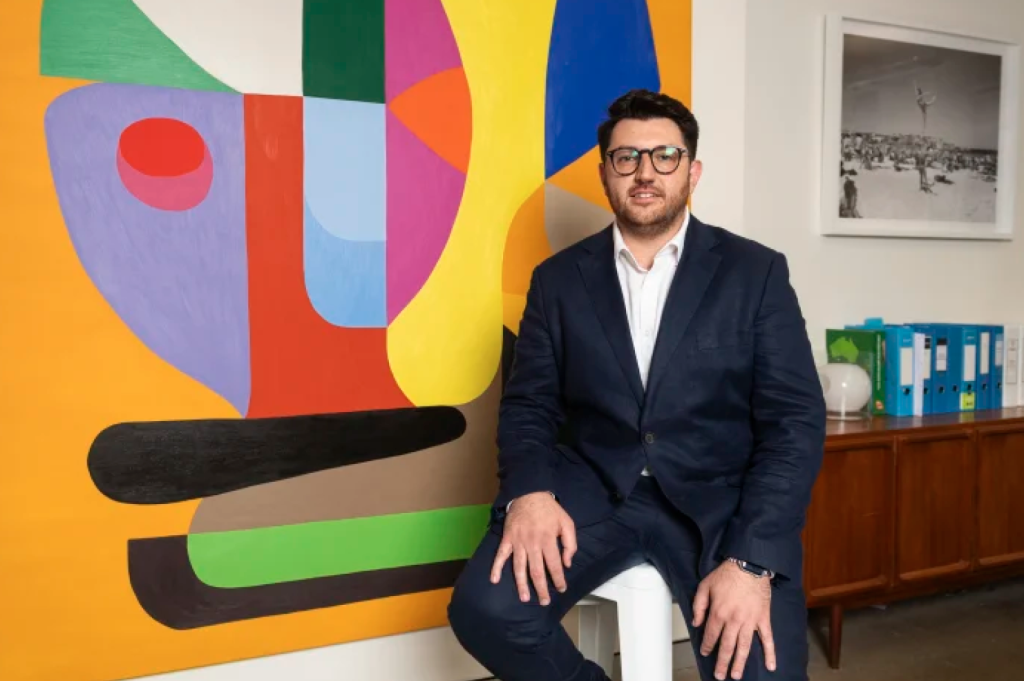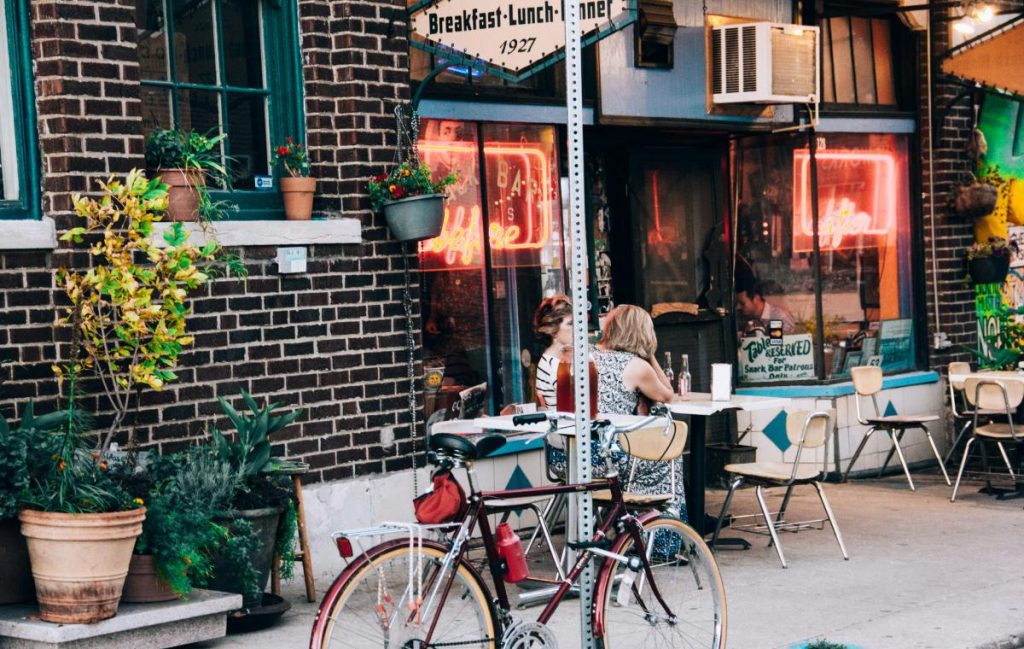The American buffet with upmarket ambitions was once a suburban novelty. And then it wasn’t. Sizzler just couldn’t keep up with how fast Australians were changing, experts say.
It had the cheese toast, the all-you-can-eat salad bar, and the sizzling steaks that would have Aussie mouths watering come Friday night.
Sizzler was a cultural phenomenon of the ’90s but in the new millennium, it suddenly seemed out of date. Then quietly, amid the Covid pandemic of 2020, its last restaurants closed their doors.
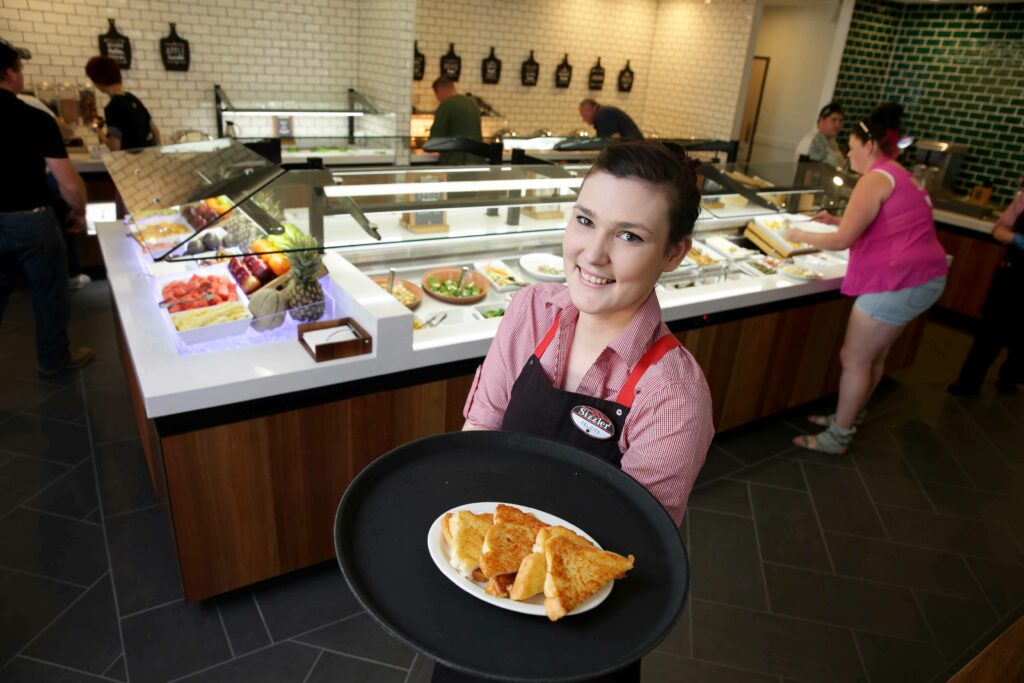
Experts say it simply failed to adapt to a rapidly-changing Australia.
From sizzling to stale
The Sizzler story began in 1958, when Del and Helen Johnson opened Sizzler Family Steak House in Culver City, California. Diners could score a steak feed for just $US0.99 and since then, two billion guests around the world have eaten at Sizzlers, the company claims.
In August 1985 Australia’s first Sizzler restaurant was opened in the Brisbane suburb of Annerley by Kevin Perkins of Sizzler’s Australian parent company Collins Foods.
The standalone steak houses offering all-you-can-eat buffets then spread nationwide. There was even a dessert bar where kids could create a gooey mess of soft-serve ice cream, chocolate mousse and jelly with assorted lollies sprinkled on top.
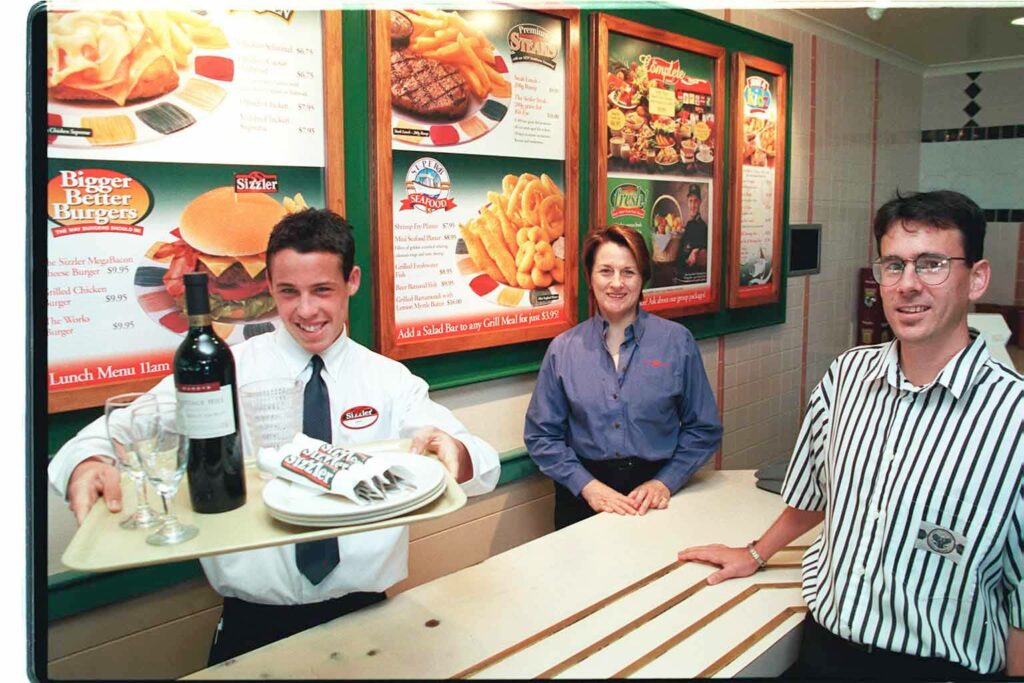
By 1992, the opening of Sizzlers in Bondi Junction and Brisbane’s Myer Centre to great fanfare brought the total in Australia to 74, according to a Sydney Morning Herald story at the time.
It came as a recession fueled the boom for fast food and casual dining. KFC, Pizza Hut and the ‘McDonald’s Family Restaurants’ were also rising the wave and expanding aggressively.
The Sizzler chain quickly became a phenomenon, with long queues common out front.
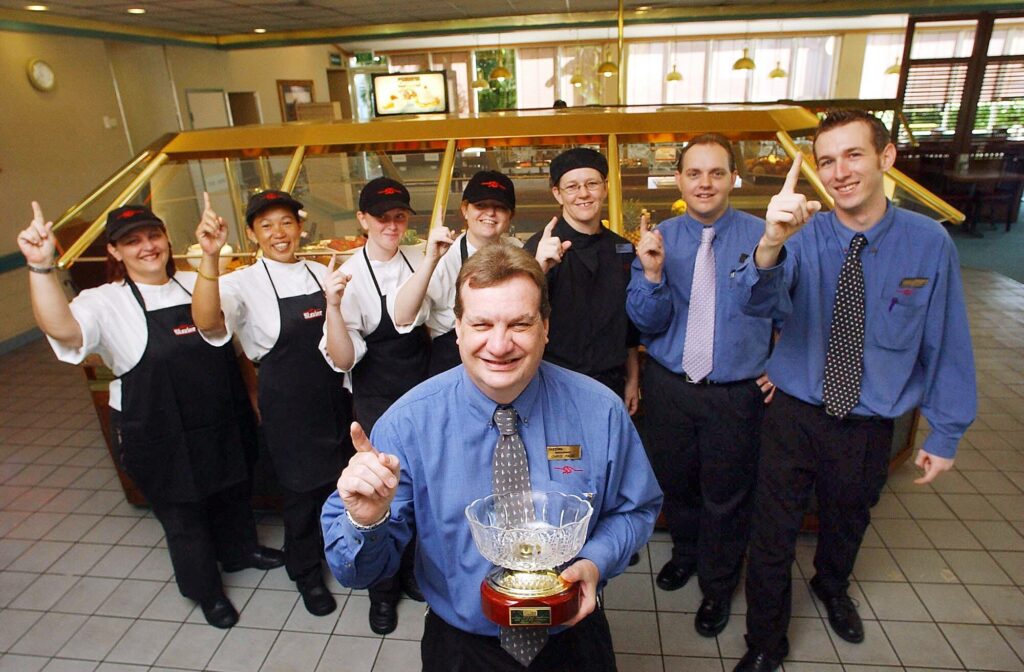
“It’s casual dining — it is above fast food and below white-linen restaurants,” said Mr Perkins in 1992 when asked about Sizzler’s success.
“The consumer of the ’90s … wants more for less…that’s why Sizzler has been so successful — it’s the service-value-quality equation that is right for the ’90s.”
Unfortunately for the chain, the millennial consumer was different.
By the early 2010s, underperforming stores were closing around the country and by 2017, only 17 remained — 11 of those in the chain’s Queensland heartland and just one in NSW, in Campbelltown.
But the company insisted it wasn’t exiting Australia; it simply wasn’t investing.
Then the pandemic of 2020 sounded the final death knell, not least because of hygiene concerns around buffets.
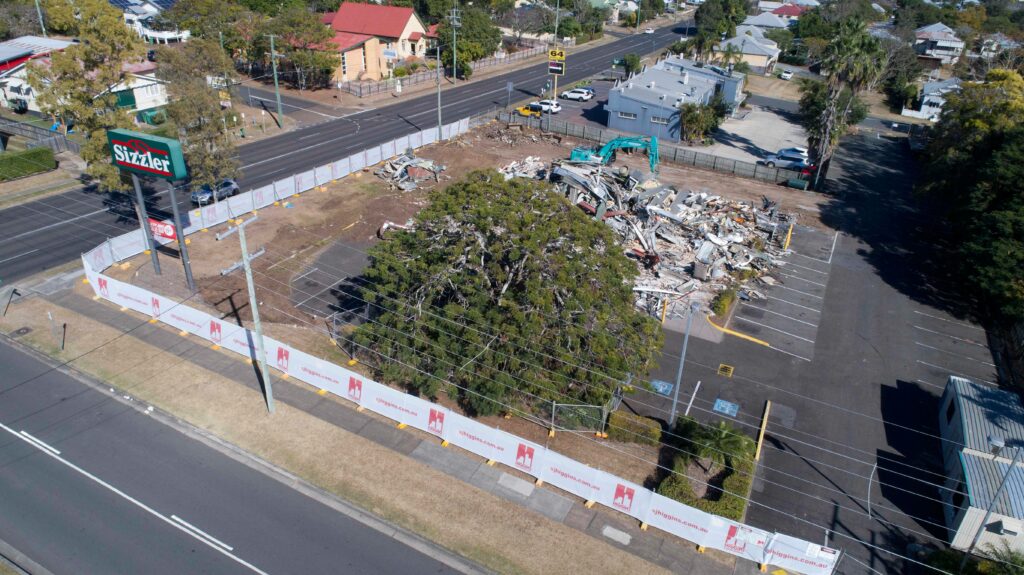
Among the once-beloved venues, the restaurant in Sydney’s Kogarah is now a daycare centre, the one in Toowong Village, Queensland, is a library and the Rockhampton restaurant is now a warehouse.
Others still await reinventions that may never come. The Bundaberg restaurant is now a vacant lot, while the Campbeltown venue has been sitting empty for two years.
Sizzler was popular across Asia for a while too, but that also didn’t last.
In 2023, the brand still sizzles in 73 restaurants across the US and a further 11 in Puerto Rico — but nowhere else.
While many remain nostalgic for the warm buffet, cold salad bar and cheese toast – to most Australians the menu, despite the choice, lost its lustre. Like a piece of old toast, Sizzler had simply grown stale.
So what happened?
Why did Sizzler fail in Australia?
In the ’90s, Sizzler hit a sweet spot, not only for those wishing to dine but also for those wanting to own a franchise, said David Mallon, director of Future Food and food and beverage strategist.
“They were successful in America. They had standards, a replicable model and it was able to be franchised. And so there’s probably a hunger for people in Australia not only to go to a restaurant like that but also for people to own those businesses.”
Cafe culture emerged
But then the millennium brought newer, more exciting choices. Australians were becoming dazzled by cafe culture and eating out for breakfast. There were newer American-themed diners like Lone Star and TGI Fridays, plus sophisticated shopping centre food courts and dining precincts offering diverse and interesting culinary options.
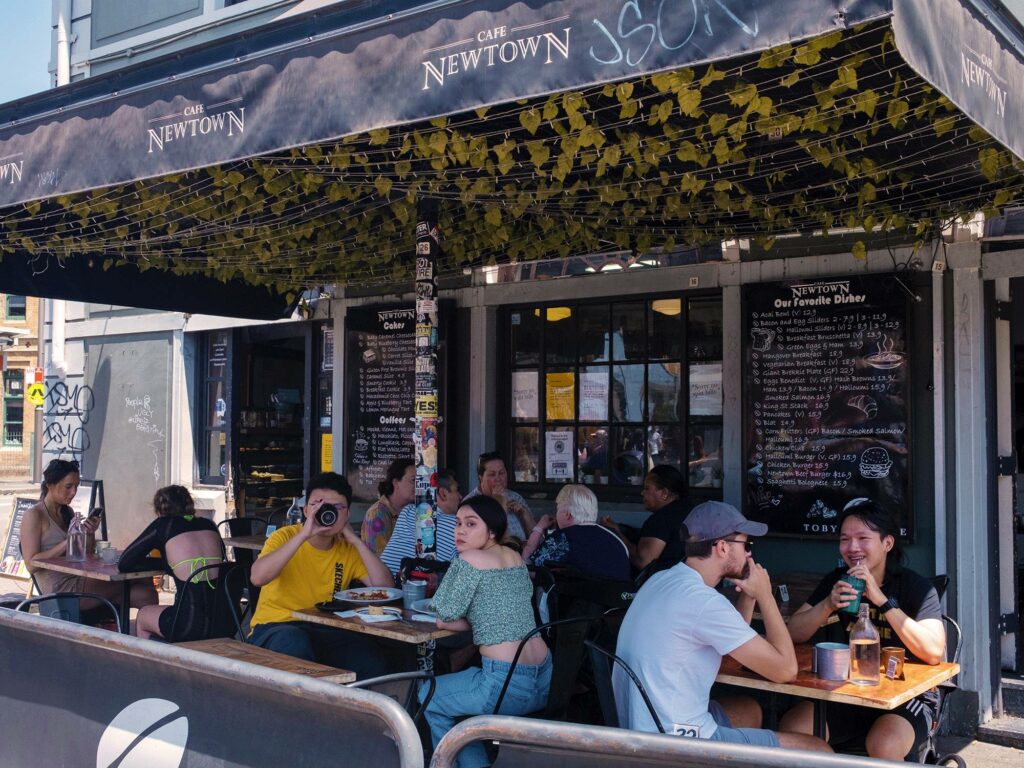
Australians became more educated about food and nutrition
“In the ’80s and ’90s, there was a low base of expectation; we weren’t as educated about food. From the 2000s onwards, cooking shows went crazy and cafe culture got bigger and bigger.
People wanted healthier, fresher food and wanted to know where that food was coming from. Even kids’ tastes were becoming more sophisticated.”
Australia is a smaller market than other countries
Mr Mallon said what might still be working in the US no longer translated to Australia.
“We have higher education levels than the US and better knowledge access. And a smaller population means a limited amount of people and a limited amount of spend per person.
“And the bottom line is, amid this change in consumer preferences, Sizzler’s brand and model were unwilling to adapt to the local market.”
Business running costs increased
All the while, costs for ingredients, labour and real estate were increasing, he added. And as Sizzler started to close down restaurants, its purchasing power reduced.
“So then they had to put up the price and that’s not attractive to the market anymore.”
REA also asked Sizzler its reasons for exiting Australia, with no response.
Dining trends in Australia continue to shift
Suzee Brain, director of property advisory firm Titanium Food, said the demise of Sizzler isn’t purely about healthy eating trends, it’s about food trends in general.
“An analysis we did of the Good Food Guide across a 10-year period showed only about 10% of restaurants listed a decade previously were still around ten years later,” she said.
“Our research suggests every generation shuns the ‘faves’ of the generation before. Hence we see the rise of Grill’d and Betty’s Burgers taking share from McDonald’s, and the gastro pub replacing Sizzlers.”
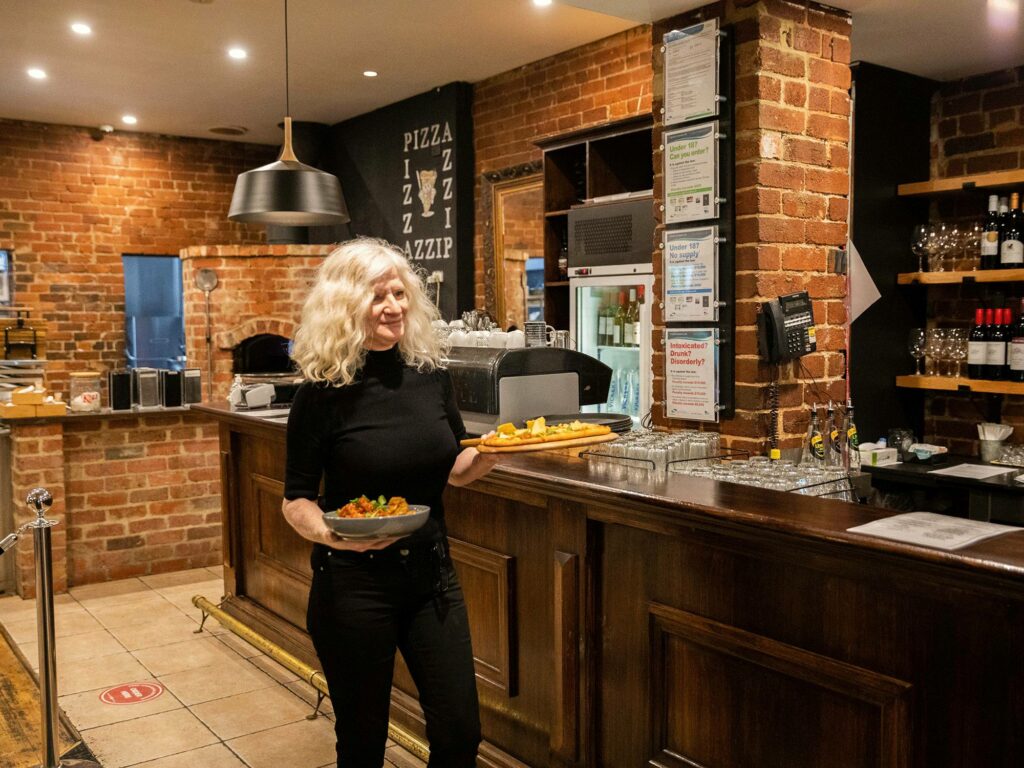
But it’s not just the food people eat that’s changing, she added. It’s also how people are eating.
“With Australia’s ageing population, millennials and Gen Z are now the most dominant groups with disposable income. These generations now graze across five-meal periods rather than the traditional three square meals a day of baby boomers.
“Furthermore, there has been a huge increase in home delivery since the pandemic, leading many restaurants to adopt ‘dark’ kitchens and dispense with eat-in spaces.
“Food is like fashion. Ever changing.”
